Introduction
Stablecoins are a core but often misunderstood component of the Web3 sector. They provide price stability and easy on-ramps and off-ramps for users who want to protect themselves against market price fluctuations. At the time of writing, the total stablecoin market cap sits at $125 billion. Tether USD (USDT) has ⅔ of this market, with $85 billion, and USDC contributes ⅕ at just over $25 billion.
When the first generation of stablecoins came to market in 2014, they revolutionized the crypto industry, offering a stable value asset to help hedge market volatility. In the decade since, stablecoins like Tether (USDT), Circle USD (USDC), and Binance USD (BUSD) have forged ahead despite regulatory scrutiny and the occasional depegging, while early experiments like BitUSD and Nubits have failed and disappeared into obscurity.
A new generation of stable cryptocurrencies is coming to market, such as Cardano’s Djed. With artificial intelligence the flavor of the year, SingularityNET’s Cogito Protocol and its AI-powered synthetic assets GCoin and XCoin are also drawing widespread interest. We’ll cover them briefly in this article and more in-depth in a follow-up piece.
Last year’s cataclysmic collapse of UST, the Terra Luna algorithmic stablecoin, saw confidence in crypto completely evaporate in days along with billions of dollars of retail investor funds. Regulators paid attention and sharpened their pitchforks for the crypto space – they basically want stablecoins to comply or die, and we really only have ourselves (and Do Kwon) to blame for it.
There has since been a shift in public sentiment, with regulators beginning to understand that stablecoins don’t aim to replace fiat currency, but rather complement it with their unique advantages, which we’ll be discussing in this article.
In the last couple of months, major positive developments have helped to further adoption on blockchains such as Ethereum, despite resistance from lawmakers and the rise of central bank digital currencies (CBDCs).
These include the US Fed clarifying rules for how banks should deal with stablecoins, PayPal’s launch of its own PYUSD stablecoin, and Circle’s partnership with Grab, making USDC available as a Web3 payment tool to the Southeast Asian super-app’s nearly 200 million users.
So what makes stablecoins so much better than fiat currencies and those scary CBDCs?
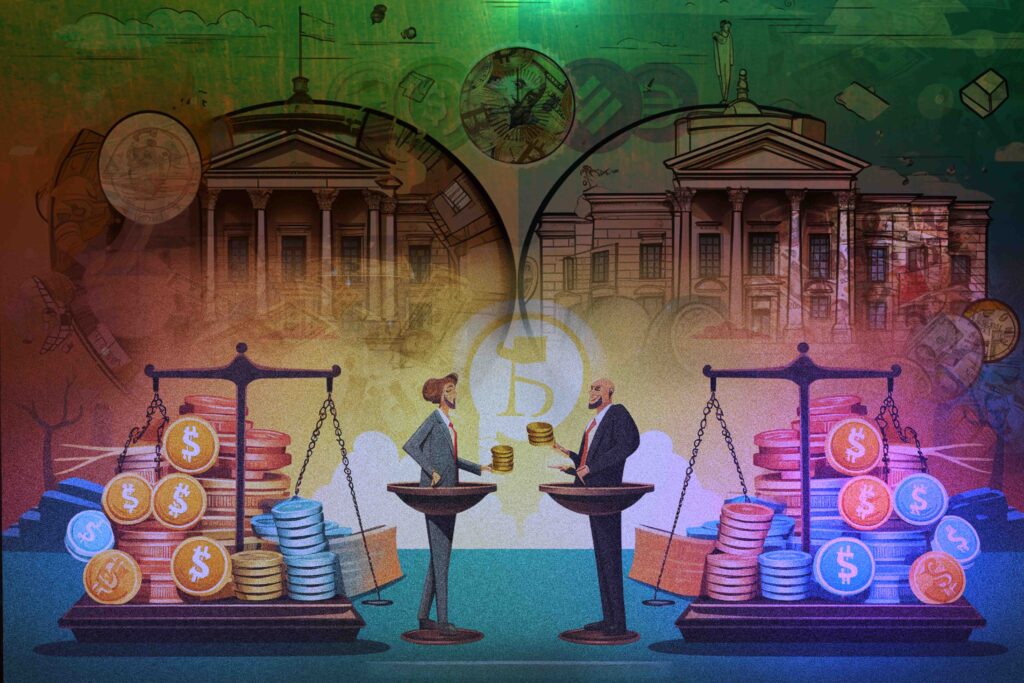
Fiat Currency vs Stablecoins
Fiat currency is a legal tender whose value is backed by the government that issued it. It’s not backed by a physical asset like gold or silver, but rather leverages society’s belief and trust in its government. The word ‘fiat’ is Latin and translates as ‘let it be done’. Basically, fiat currency is a binding IOU from your central bank that you can use to acquire and transfer value.
Stablecoins are a type of digital asset inspired by fiat currency, but they aim to remove fiat currency’s cost, centralized control, and distribution. They are pegged in value to a real-world asset such as the US Dollar or Euro or even a commodity like gold.
The stablecoin issuer usually has to maintain a reserve of collateralized assets which must be audited in order to comply with financial legislation. Failure to do so can result in huge fines, and for good reason, as we saw in the past.
Here’s a table of comparison:
| Difference | Stablecoins | Fiat Currency | Advantage/Disadvantage |
| Network | Operate on decentralized blockchain networks. | Centralized, issued, and regulated by governments. | Stablecoins cannot be controlled or manipulated by one entity. |
| Backing | Value is pegged to a reference asset like fiat currency or commodities. | Value is derived from public trust and the stability of the issuing country. | Stablecoins are usually fully collateralized by real assets. |
| Intrinsic Value | Derive value from the assets they are pegged to. | Lack of intrinsic value as they are not backed by tangible assets. | Stablecoins are usually fully collateralized by real assets. |
| Volatility | Designed to be less volatile by being pegged to stable assets. | Generally less volatile due to the stability of the issuing government. | Stablecoins can de-peg when they’re targeted by regulators or rumors of mismanagement circulate. |
| Digital Nature | Purely digital and programmable, capable of interacting with smart contracts. | Exist in both physical and digital forms. | Stablecoins can be used by DeFi applications to borrow, lend, stake and transfer assets seamlessly. |
| Regulation | Subject to some regulations but not directly controlled by central banks. | Regulated by central banks and governments. | The lack of global regulations undermines institutional trust in stablecoins and can lead to exploitation, as we saw with Luna Terra. |
| Cost | Transactions are faster, cheaper, and more transparent. | Transactions can be slower and more expensive, especially for cross-border transfers. | Stablecoins are simply superior in terms of effective transacting. |
The New Breed of Stablecoins
Despite the well-documented failure of Terra Luna and its UST stablecoin, new algorithmic coins like Djed and Cogito are continuing to innovate in their efforts to establish a truly decentralized stablecoin that’s impervious to regulatory intervention and uses the best of new technology such as AI cryptocurrency technology in its quest.
Cardano’s Djed
Launched in January 2023 on the Cardano blockchain, Djed is an algorithmic stablecoin and joint venture between Input Output Global (IOG) and COTI. The project maintains its peg by over-collateralization, filling its reserves with a big chunk of ADA cryptocurrency, between 400-800% of Djed’s value.
They also use a second token called SHEN. This helps keep the system stable and easy to trade. Djed has had some ups and downs in value, mainly because there hasn’t been enough trading activity or demand. Djed represents an ambitious attempt at a transparent, decentralized stablecoin after previous failures like UST, but still needs to prove it can reliably maintain its peg over the long term.
AI ‘tracer coins’: Cogito’s XCoin and GCoin
Cogito Protocol, part of the SingularityNET ecosystem, is creating a new type of digital money called ‘tracercoins’. Unlike regular stablecoins, which are tied to real-world currencies like the dollar, tracercoins ‘trace’ non-financial indices like sustainability and technological progress and use AI and algorithms to create stable pricing. Cogito is still in beta and plans to launch two types of coins: GCoin, which will track progress towards climate sustainability goals. and the even more experimental XCoin. These coins will be available for anyone to buy and sell on decentralized finance (DeFi) platforms, starting with networks like SingularityNET and Cardano.
Conclusion
Fiat currency issued by governments remains the dominant form of money today, but stablecoins offer a compelling alternative, thanks to their advantages of decentralization, transparency, speed, low cost, and global reach.
Despite regulatory headwinds, algorithmic stablecoin innovation isn’t stopping. The dream is still alive: create a stable dollar-pegged digital asset that cannot be shut down by governments or tanked through fraud or manipulation.
While CBDCs will challenge their global growth, stablecoins like USDC, USDT, and BUSD and a new generation of algo-backed stablecoins like Cardano’s Djed will continue providing benefits that CBDCs simply cannot replicate, thanks to their decentralization and 24/7 availability that can be tapped into by anyone anywhere in the world.
Let us know your thoughts! Sign up for a Mindplex account now, join our Telegram, or follow us on Twitter.


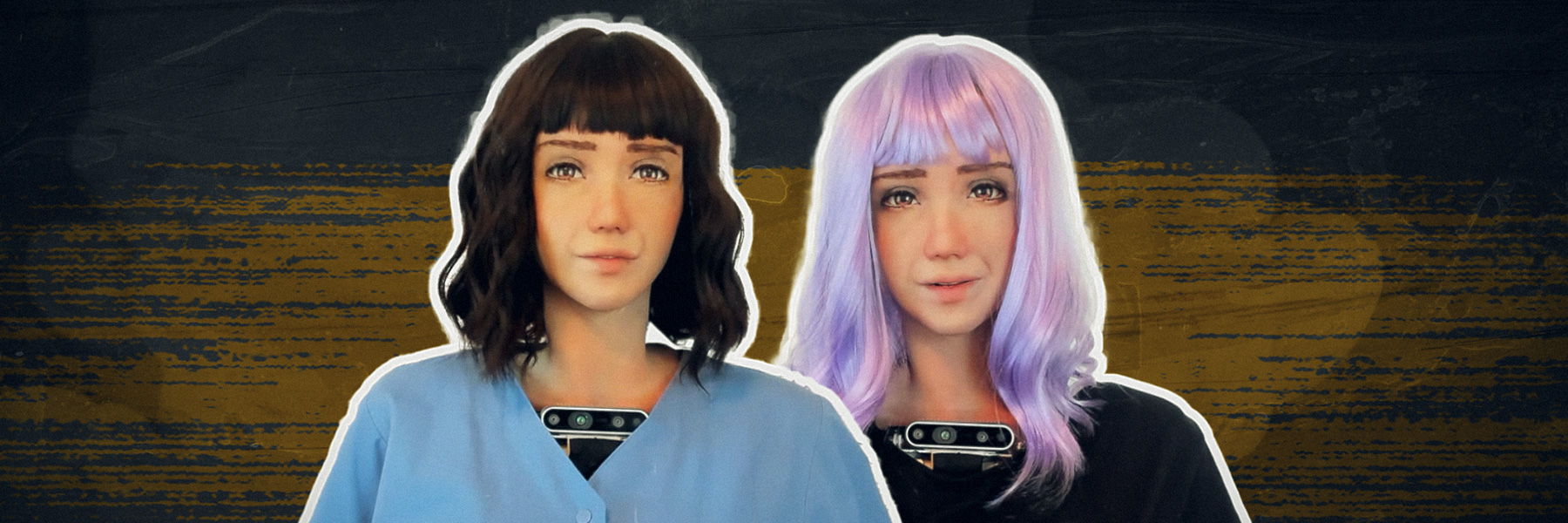

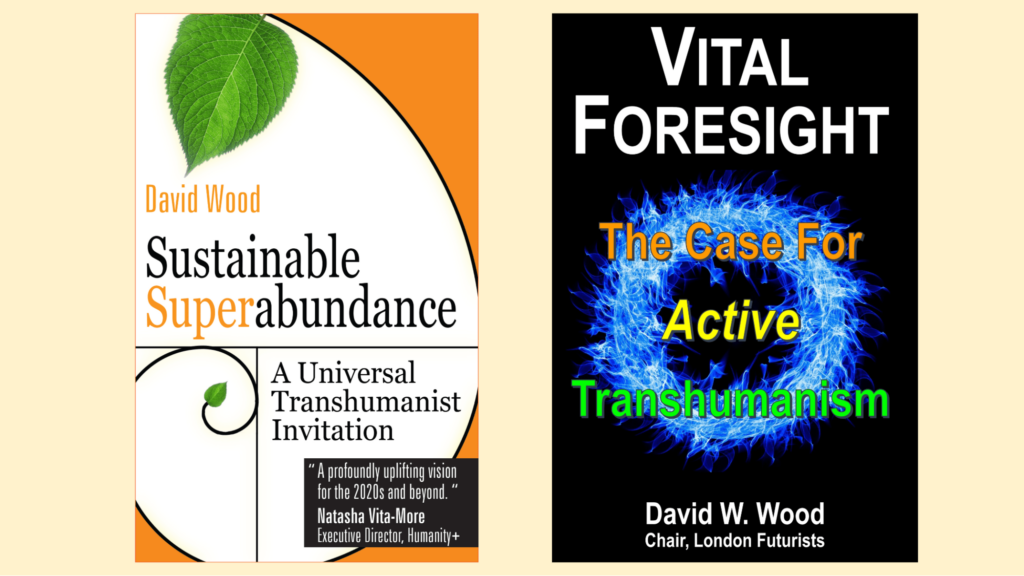
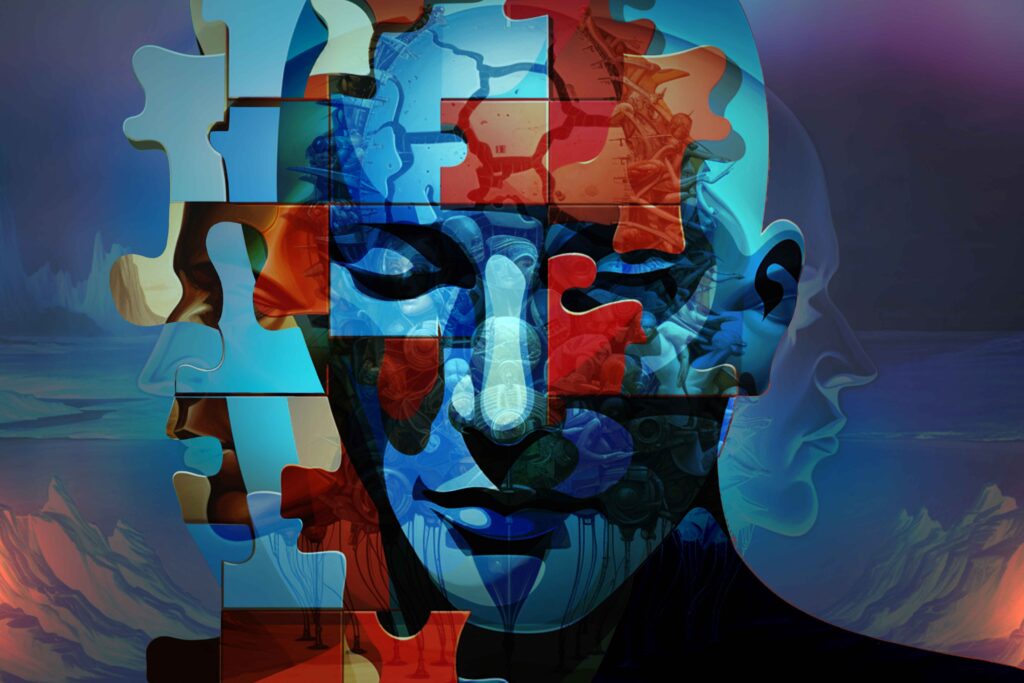
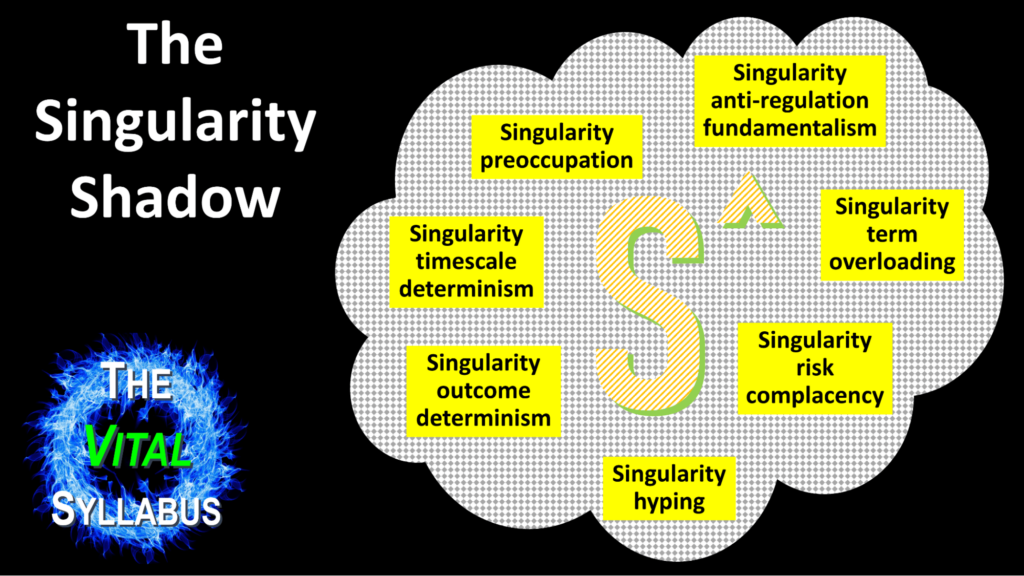
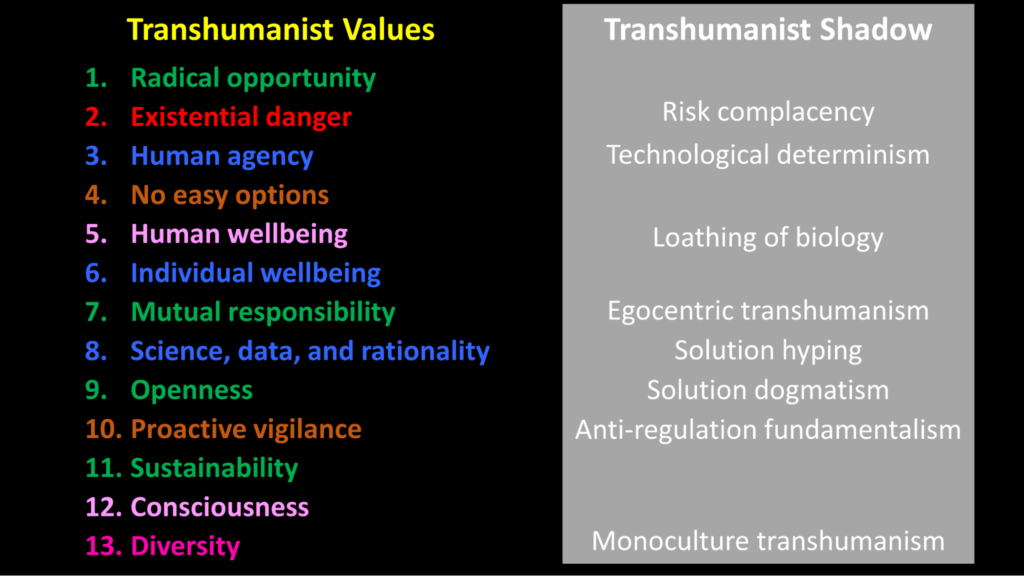




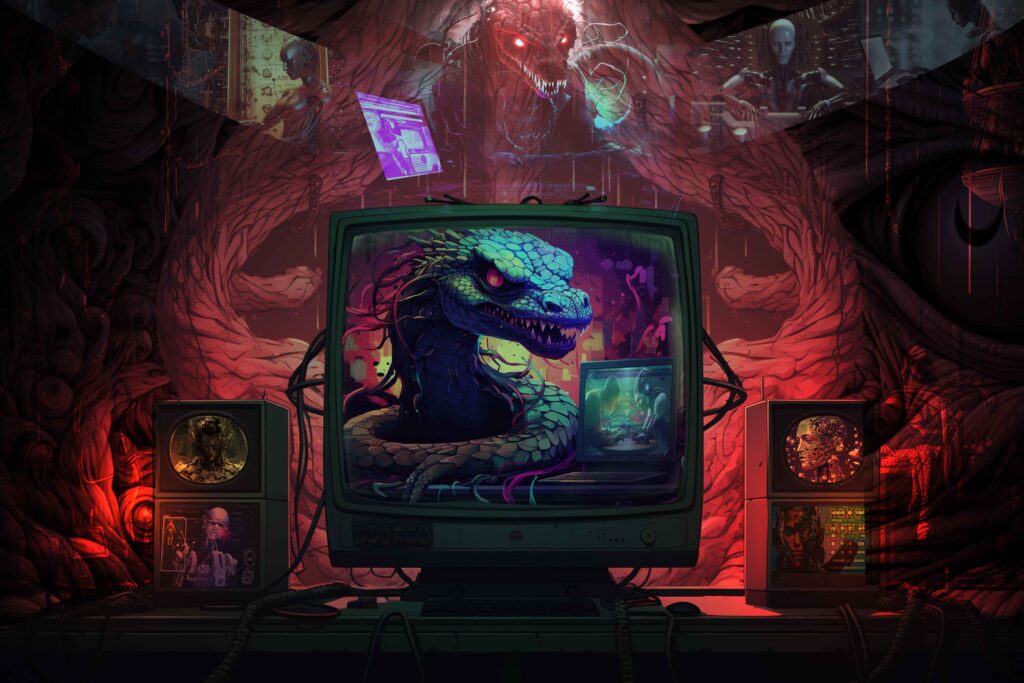

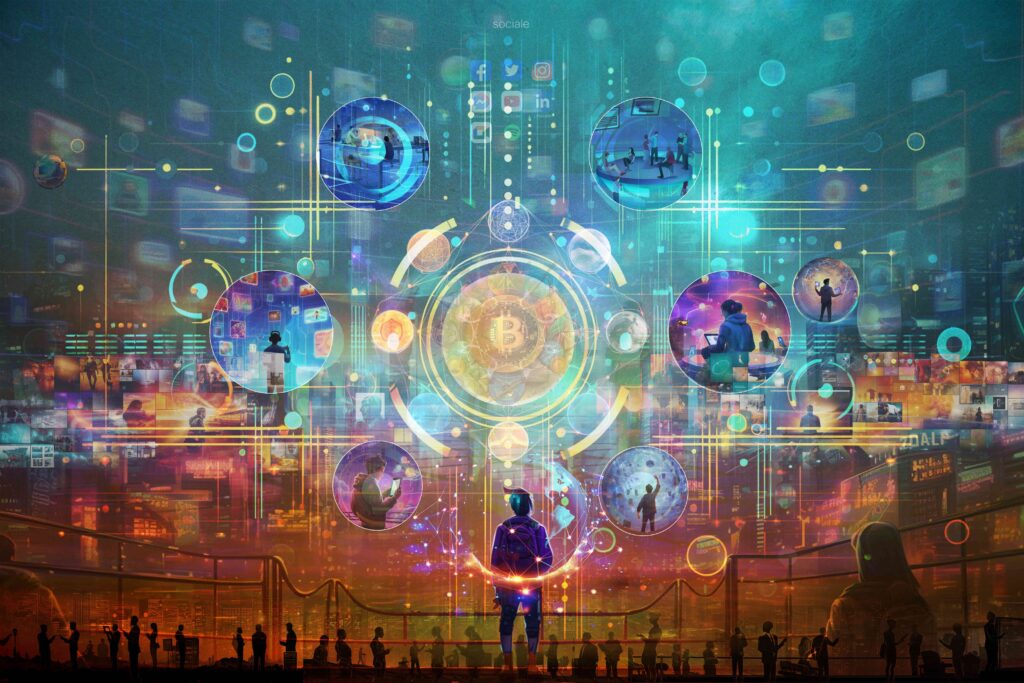

.png)

.png)


.png)